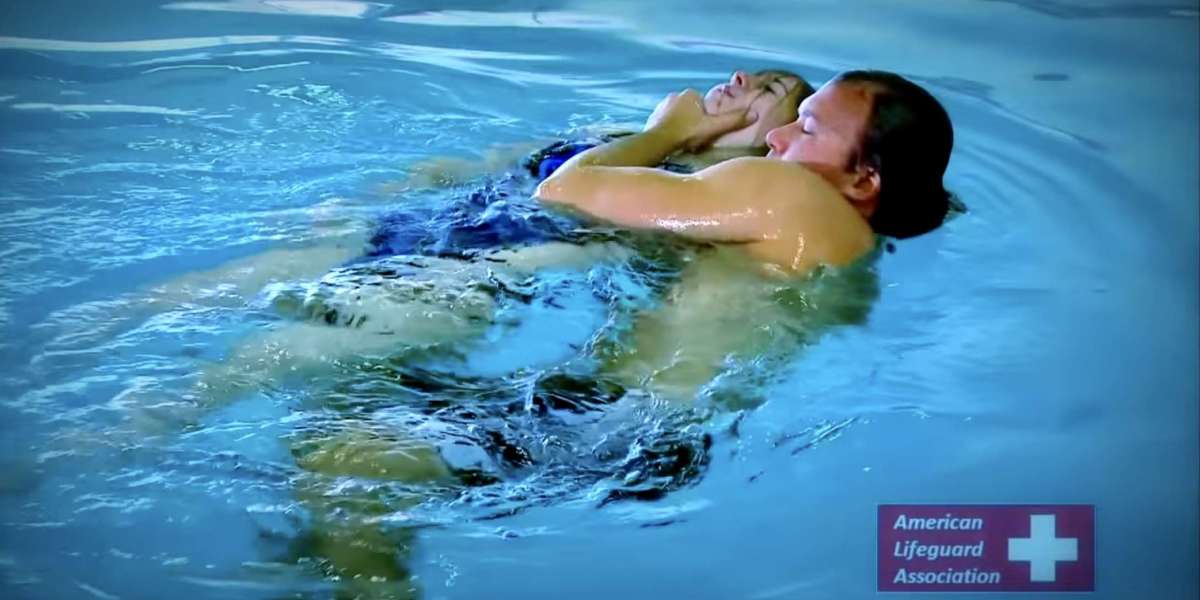Lifeguard courses play a pivotal role in enhancing community safety by equipping individuals with the skills and knowledge necessary to prevent drownings, respond to emergencies, and promote water safety. This article delves into the various aspects of lifeguard training, including its benefits, career opportunities, and impact on overall community well-being.
1. Introduction to Lifeguard Courses
1.1. What is a Lifeguard Course?
A lifeguard course is a structured training program designed to teach individuals the skills required to ensure the safety of swimmers and beachgoers. These courses cover a wide range of topics, including water rescue techniques, CPR, first aid, and the use of lifesaving equipment.
1.2. Types of Lifeguard Courses
Lifeguard training comes in various forms to cater to different environments and needs:
- Basic Lifeguard Course: Ideal for beginners looking to work at pools or small water parks.
- Beach Lifeguard Course: Specialized training for lifeguarding at beaches and open water bodies.
- Lifeguard Instructor Course: Advanced training for those who wish to teach lifeguard courses.
- Lifeguard Online Course: Flexible training options that combine online learning with practical sessions.
2. The Role of Lifeguards in Community Safety
2.1. Preventing Drownings
One of the most critical roles of lifeguards is to prevent drownings. Lifeguard course teach individuals to recognize signs of distress and respond swiftly to rescue swimmers in trouble.
2.2. Emergency Response and First Aid
Lifeguards are often the first responders in aquatic emergencies. Training in CPR, first aid, and the use of automated external defibrillators (AEDs) ensures that lifeguards can provide immediate care, increasing the chances of survival for victims.
2.3. Promoting Water Safety Education
Lifeguards serve as educators, promoting water safety practices among swimmers. They provide guidance on safe swimming habits, the importance of supervision, and the risks associated with water activities.
3. Benefits of Completing a Lifeguard Course
3.1. Enhanced Personal Skills
Participating in a lifeguard course not only equips individuals with lifesaving skills but also enhances personal attributes such as responsibility, leadership, and quick decision-making.
3.2. Career Opportunities
Becoming a certified lifeguard opens up various career paths, including positions at pools, water parks, beaches, and even cruise ships. Advanced certifications, like the lifeguard instructor course, allow for further career advancement.
3.3. Community Contribution
Certified lifeguards contribute to the overall safety and well-being of their communities. Their presence at public pools, beaches, and water parks reassures the public and encourages more people to engage in water activities safely.
4. Lifeguard Course Details
4.1. How Long is a Lifeguard Course?
The duration of a lifeguard course can vary depending on the type and level of certification. Basic lifeguard courses typically take 25-30 hours to complete, while advanced courses or specialized training may require additional time.
4.2. How Much Does a Lifeguard Course Cost?
The cost of a lifeguard course varies based on the provider, location, and type of course. Generally, fees range from $200 to $500. Some organizations may offer financial assistance or reimbursement programs for individuals who commit to working as lifeguards.
5. Lifeguard Course Curriculum
5.1. Water Rescue Techniques
Participants learn various water rescue techniques, including surface dives, underwater swims, and the use of rescue equipment like buoys and ropes.
5.2. CPR and First Aid
Comprehensive training in CPR and first aid is a crucial component of lifeguard courses. Participants practice resuscitation techniques and learn to treat injuries commonly associated with water activities.
5.3. Surveillance and Recognition
Effective surveillance is vital for preventing emergencies. Lifeguard courses emphasize the importance of constant vigilance and teach techniques to recognize early signs of distress in swimmers.
5.4. Legal and Ethical Responsibilities
Lifeguards must be aware of their legal and ethical responsibilities. Training covers topics such as liability, confidentiality, and professional conduct to ensure lifeguards act within the boundaries of the law.
6. Lifeguard Certification Process
6.1. Prerequisites
Before enrolling in a lifeguard course, candidates must meet certain prerequisites, including a minimum age requirement (usually 15 years old), the ability to swim a specified distance, and proficiency in basic swimming strokes.
6.2. Course Completion
Successful completion of a lifeguard course involves passing written exams and practical tests. Participants must demonstrate their ability to perform rescues, administer CPR, and provide first aid effectively.
6.3. Certification Renewal
Lifeguard certifications are typically valid for two years. To maintain their certification, lifeguards must complete a recertification course, which refreshes their skills and updates them on any new safety protocols.
7. Finding Accredited Lifeguard Courses
7.1. Nationally Recognized Organizations
Accredited lifeguard courses are offered by nationally recognized organizations such as the American Red Cross, YMCA, and the American Lifeguard Association. These organizations ensure that courses meet rigorous standards and provide high-quality training.
7.2. Local Community Centers and Pools
Many local community centers and pools offer lifeguard training programs. These courses are often more accessible and may provide opportunities for hands-on experience in real-world settings.
7.3. Online and Blended Learning Options
For those with busy schedules, online and blended learning options offer flexibility. These courses combine online coursework with in-person practical sessions, allowing participants to complete training at their own pace.
8. The Lifeguard Job Market
8.1. Demand for Lifeguards
There is a steady demand for lifeguards, especially during the summer months and in areas with a high concentration of pools and beaches. Lifeguard positions are available at various establishments, including community pools, resorts, and recreational facilities.
8.2. Salary and Benefits
Lifeguard salaries vary based on location, experience, and the type of facility. On average, lifeguards earn between $10 and $15 per hour. Benefits may include free or discounted access to swimming facilities, opportunities for advancement, and flexible working hours.
8.3. Career Advancement
Lifeguards can advance their careers by obtaining additional certifications, such as lifeguard instructor or water safety instructor. These advanced roles often come with higher pay and increased responsibilities.
9. Lifeguard Training for Specialized Environments
9.1. Beach Lifeguarding
Beach lifeguarding requires specialized training due to the unique challenges posed by open water environments. Courses focus on skills such as navigating rip currents, using rescue watercraft, and managing large crowds.
9.2. Water Park Lifeguarding
Water park lifeguards must be adept at handling a variety of attractions, including wave pools, slides, and lazy rivers. Training covers specific rescue techniques and the use of specialized equipment like spinal boards.
9.3. Aquatic Facility Management
For those interested in a supervisory role, aquatic facility management courses provide training in areas such as staff management, facility maintenance, and safety audits. These courses prepare lifeguards to oversee the operations of large aquatic centers.
10. Community Impact of Lifeguard Programs
10.1. Enhanced Public Safety
The presence of well-trained lifeguards significantly enhances public safety. Their ability to prevent and respond to emergencies reduces the risk of drownings and other aquatic accidents.
10.2. Increased Water Activity Participation
Communities with robust lifeguard programs often see increased participation in water activities. Knowing that qualified lifeguards are on duty encourages more people to swim, participate in aquatic sports, and enjoy water-based recreation.
10.3. Promoting Health and Wellness
By ensuring safe environments for swimming and water activities, lifeguards promote health and wellness within the community. Regular participation in water activities contributes to physical fitness and mental well-being.
11. Testimonials and Success Stories
11.1. Lifeguards Making a Difference
Countless stories highlight the impact lifeguards have on their communities. From preventing drownings to providing life-saving first aid, these testimonials underscore the importance of lifeguard training programs.
11.2. Community Recognition
Communities often recognize the contributions of lifeguards through awards, public acknowledgments, and media coverage. These recognitions not only honor the lifeguards but also raise awareness about the importance of lifeguard training.
12. Final Opinion
Lifeguard courses are essential for community safety, providing individuals with the skills needed to prevent drownings, respond to emergencies, and promote water safety. Completing a lifeguard course offers numerous benefits, including enhanced personal skills, career opportunities, and the ability to make a significant impact on community well-being.








